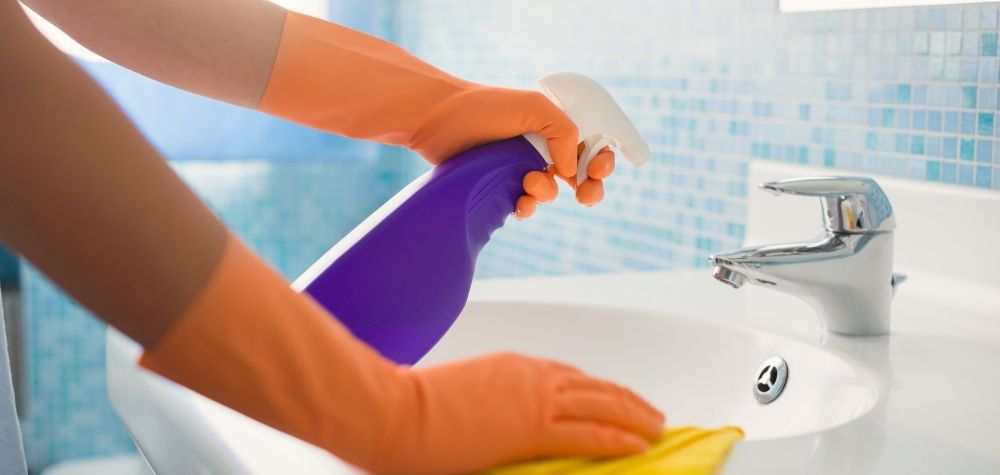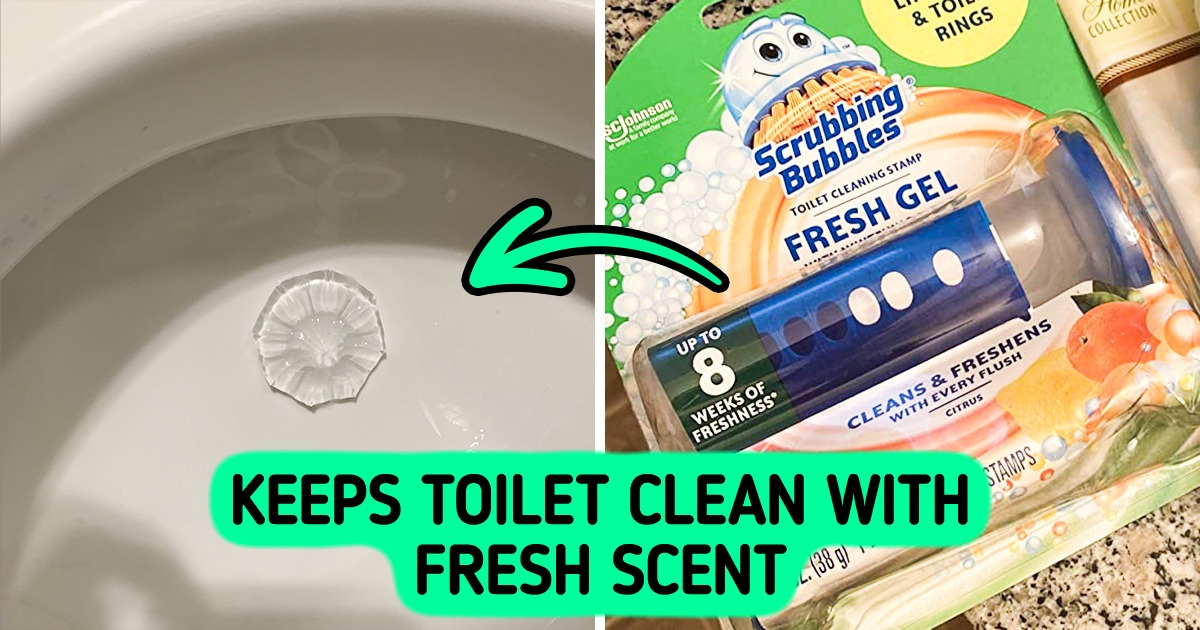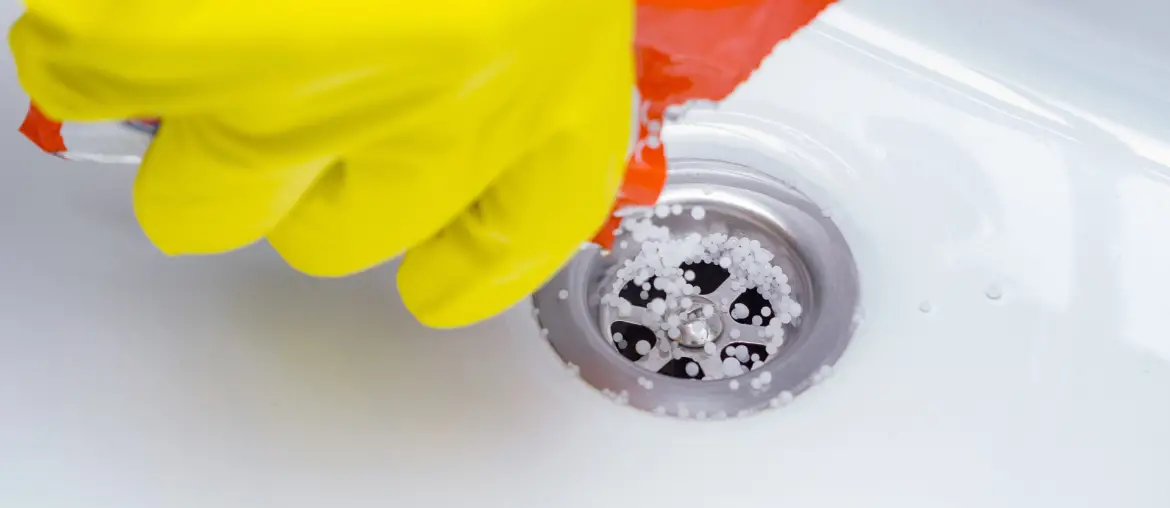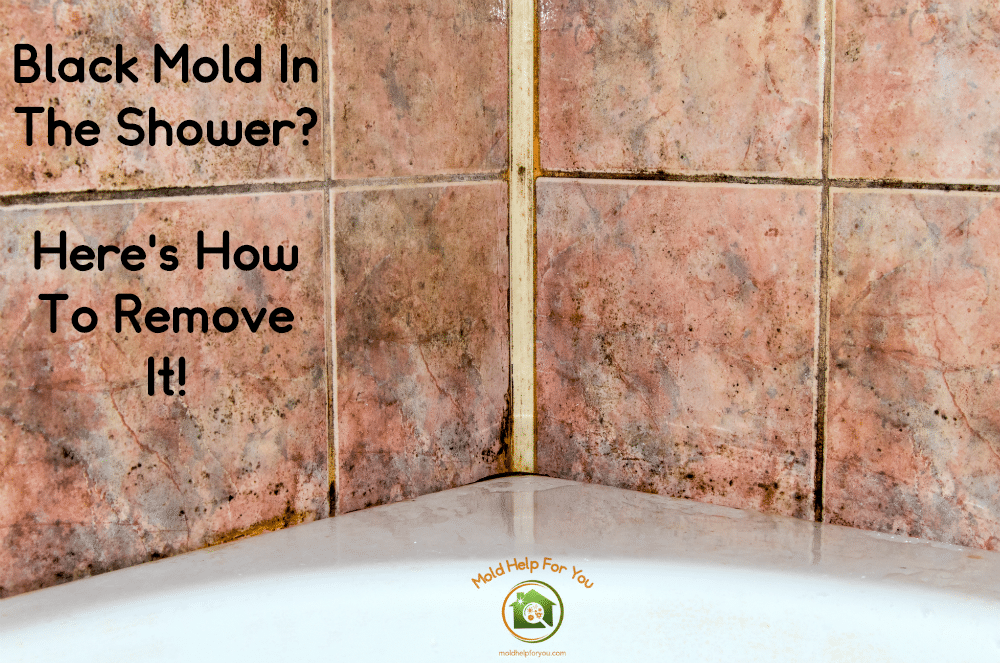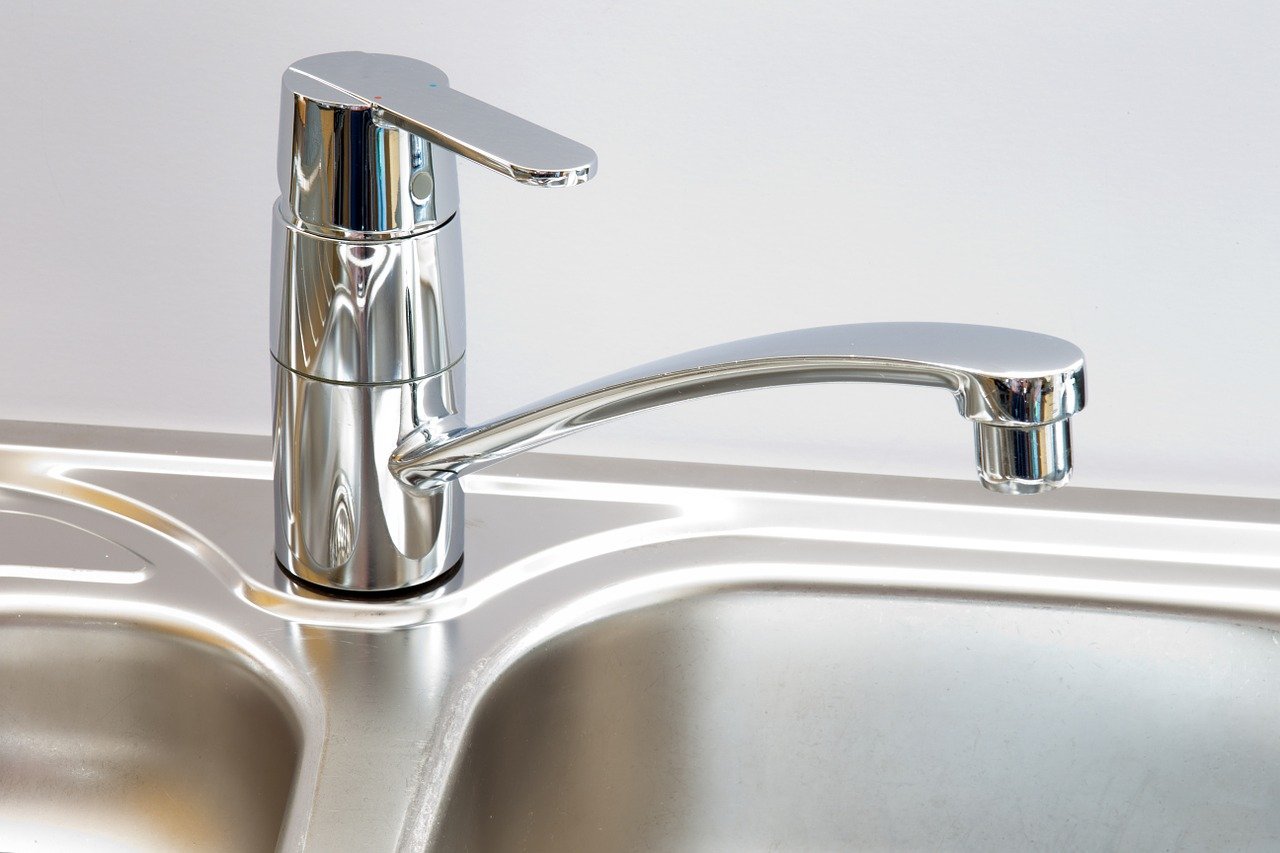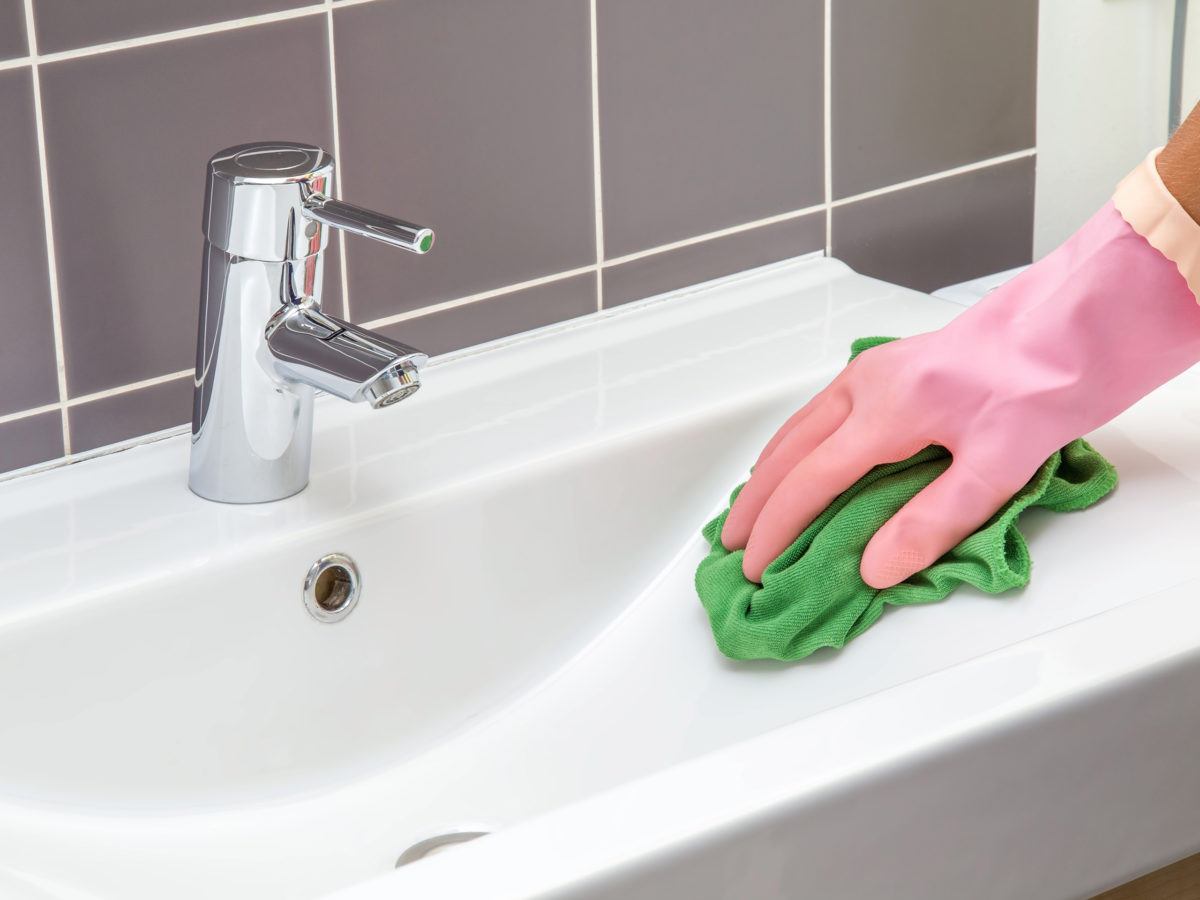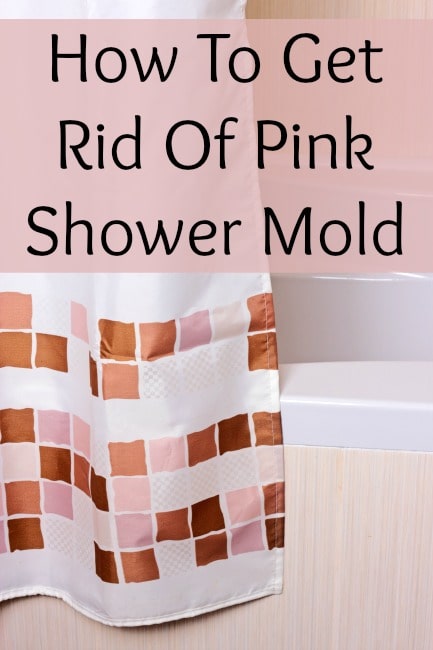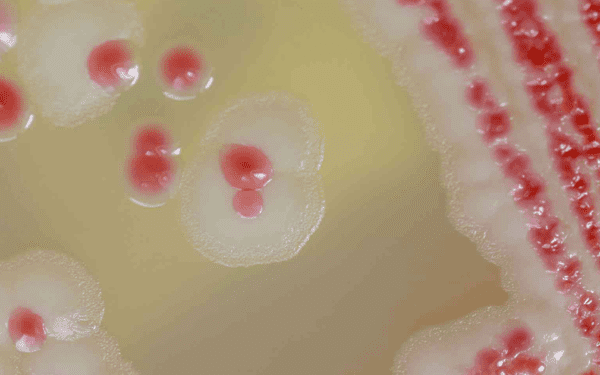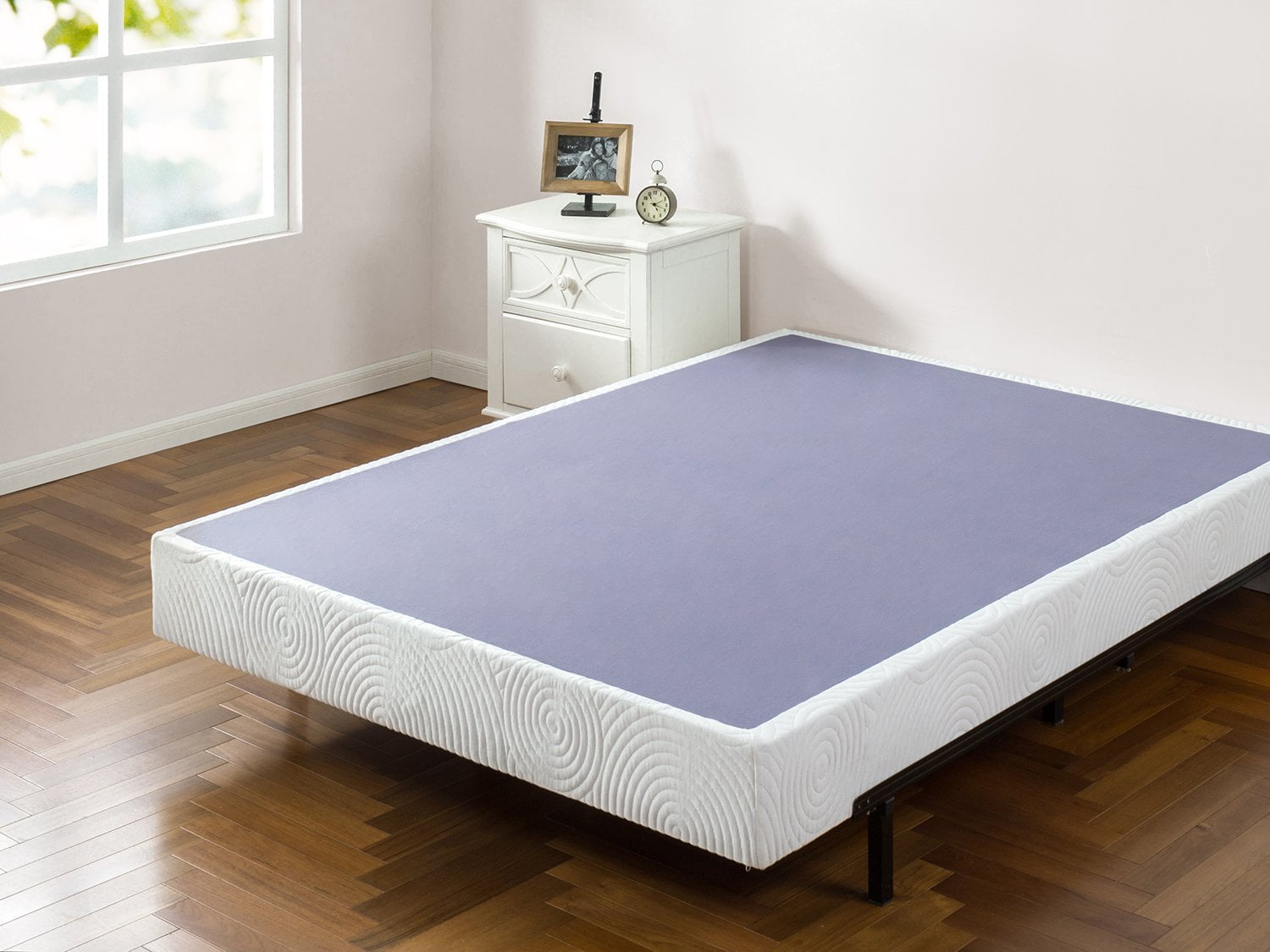Pink mold can be a pesky and unsightly problem in your bathroom sink. Not only does it make your sink look dirty and unhygienic, but it can also pose potential health risks. Luckily, getting rid of pink mold is a simple process that can be done in just 5 easy steps. Step 1: Identify the Source Before you can effectively get rid of pink mold, it's important to identify the source of the problem. Pink mold, also known as Serratia marcescens, thrives in damp and humid environments. This is why it is commonly found in bathrooms, particularly in sinks and showers. Check for any leaks or areas where water may be accumulating, as this could be the root cause of the pink mold growth. Step 2: Gather Your Supplies To effectively remove pink mold from your bathroom sink, you will need a few basic supplies including a scrub brush, white vinegar, baking soda, and hydrogen peroxide. These ingredients are effective in killing and preventing the growth of pink mold without the use of harsh chemicals. Step 3: Scrub the Affected Area Using your scrub brush and a mixture of equal parts vinegar and water, begin scrubbing the affected area. This will help to loosen and remove the mold from the surface of your sink. For tougher areas, sprinkle baking soda on the surface and then spray with vinegar to create a foaming action. Let the mixture sit for a few minutes before scrubbing again. Step 4: Disinfect with Hydrogen Peroxide Once you have scrubbed away the pink mold, it's important to disinfect the area to prevent it from growing back. Use hydrogen peroxide to do this, as it is a natural and effective disinfectant. Spray the affected area with hydrogen peroxide and let it sit for 10-15 minutes, then rinse with water. Step 5: Prevent Future Growth To prevent pink mold from growing in your bathroom sink, make sure to keep the area clean and dry. Wipe down your sink regularly and fix any leaks or sources of excess moisture. You can also use a mixture of vinegar and water to spray on your sink as a preventative measure. Pink Mold: How to Get Rid of It in 5 Easy Steps
Pink mold can be a persistent problem in bathrooms, and it's important to know how to effectively remove it. Here are some tips for removing pink mold from your bathroom: Tip 1: Use Natural Cleaners As mentioned before, vinegar and hydrogen peroxide are effective natural cleaners for removing pink mold. They are safe to use and won't harm the surfaces in your bathroom. Avoid using bleach or harsh chemicals, as these can be harmful to your health and can damage your sink. Tip 2: Don't Forget About Grout and Caulk Pink mold can also grow in the grout and caulk around your sink. Make sure to thoroughly clean and disinfect these areas as well to prevent the mold from spreading. You may need to use a small brush or toothbrush to scrub away any stubborn mold. Tip 3: Regularly Clean and Dry Your Sink To prevent pink mold from growing in the first place, make sure to regularly clean and dry your sink. This means wiping it down after each use and fixing any leaks or sources of excess moisture. By keeping your sink clean and dry, you can prevent pink mold from returning. How to Remove Pink Mold from Your Bathroom
Pink mold may seem harmless, but it can actually pose some potential health risks. Here are some of the dangers of having pink mold in your bathroom: Health Problems Pink mold can cause a range of health problems, particularly for those with weakened immune systems or respiratory issues. Breathing in the spores from pink mold can lead to allergies, respiratory infections, and even pneumonia. It can also exacerbate symptoms of asthma. Spread of Other Bacteria Pink mold can also attract other bacteria and fungi to your bathroom, making it a breeding ground for harmful microorganisms. This can lead to a range of health problems and create an unhygienic environment. Damage to Surfaces If left untreated, pink mold can cause damage to the surfaces in your bathroom, including your sink. It can eat away at grout and caulk, as well as cause discoloration and stains on the surface of your sink. This can be costly to repair and can also be a breeding ground for more mold growth. The Dangers of Pink Mold in Your Bathroom
While natural cleaners can be effective in removing pink mold, there are also some products specifically designed for this purpose. Here are some of the best products for removing pink mold from your bathroom sink: Tilex Mold and Mildew Remover This spray is specifically formulated to remove mold and mildew from various surfaces, including sinks. It is effective at killing pink mold and preventing it from growing back. RMR-86 Instant Mold and Mildew Stain Remover This powerful spray is designed to instantly remove mold and mildew stains from surfaces, including sinks. It is safe to use and works quickly to eliminate pink mold. Clorox Plus Tilex Mold and Mildew Remover Another product from Tilex, this cleaner is also designed to remove mold and mildew from various surfaces. It is easy to use and can be sprayed directly on the affected area for quick and effective results. Best Products for Removing Pink Mold from Bathroom Sink
Prevention is key when it comes to dealing with pink mold in your bathroom sink. Here are some tips for preventing pink mold from growing in the first place: Keep Your Bathroom Well-Ventilated Pink mold thrives in damp and humid environments, so it's important to keep your bathroom well-ventilated. Use a fan or open a window when showering to prevent excess moisture from accumulating. Fix Any Leaks or Sources of Moisture Leaks and sources of excess moisture can create the perfect environment for pink mold to grow. Make sure to fix any leaks and dry up any water that may be pooling around your sink. Regularly Clean and Disinfect Your Sink By regularly cleaning and disinfecting your sink, you can prevent pink mold from growing. Use natural cleaners or specialized products to keep your sink clean and free of mold. How to Prevent Pink Mold from Growing in Your Bathroom Sink
Pink mold is often mistaken for regular mold, but there are some key differences between the two. Here's how to tell the difference between pink mold and regular mold: Appearance Pink mold, as the name suggests, is pink in color. It can also appear as a reddish or orange hue. Regular mold, on the other hand, is typically black or green in color. Location Pink mold is commonly found in bathrooms, particularly in sinks and showers. Regular mold can grow in a variety of places, including walls, ceilings, and floors. Type of Mold Pink mold is actually a type of bacteria, while regular mold is a type of fungus. This is why they have different colors and growth patterns. Pink Mold vs Regular Mold: What's the Difference?
Regular cleaning of your bathroom sink is essential for preventing pink mold from growing. Here are some reasons why it's important to regularly clean your bathroom sink: Prevents Mold Growth By regularly cleaning and disinfecting your sink, you can prevent pink mold from growing in the first place. This will save you time and effort in the long run and keep your bathroom sink looking clean and hygienic. Improves Air Quality A dirty sink can contribute to poor air quality in your bathroom. By regularly cleaning your sink, you can improve the air quality and create a healthier environment for yourself and your family. Maintains the Integrity of Your Sink Regularly cleaning and disinfecting your sink can also help to maintain its integrity and prevent damage. This can save you money in the long run by avoiding costly repairs or replacements. The Importance of Regularly Cleaning Your Bathroom Sink to Avoid Pink Mold
If you prefer to use natural remedies for removing pink mold, here are some DIY options to try: Vinegar and Baking Soda This combination is an effective and natural cleaner for removing pink mold. Simply mix equal parts vinegar and water and use a scrub brush to clean your sink. For tougher areas, sprinkle baking soda on the surface and then spray with vinegar to create a foaming action. Lemon Juice Lemon juice is a natural disinfectant and can also help to remove stains and discoloration caused by pink mold. Squeeze lemon juice onto the affected area and let it sit for a few minutes before scrubbing with a brush. Tea Tree Oil Tea tree oil has natural anti-fungal properties, making it an effective remedy for pink mold. Mix a few drops of tea tree oil with water and spray onto the affected area. Let it sit for 10-15 minutes before wiping and rinsing. DIY Natural Remedies for Removing Pink Mold from Your Bathroom Sink
Cleaning and disinfecting your bathroom sink is essential for eliminating pink mold. Here's how to effectively clean and disinfect your sink: Step 1: Gather Your Supplies You will need a scrub brush, white vinegar, baking soda, and hydrogen peroxide to effectively clean and disinfect your sink. Make sure to also have gloves and a face mask for protection. Step 2: Scrub the Sink Use a mixture of equal parts vinegar and water to scrub the sink with a brush. This will help to loosen and remove any pink mold from the surface. For tougher areas, sprinkle baking soda on the surface and then spray with vinegar to create a foaming action. Step 3: Disinfect with Hydrogen Peroxide Once you have scrubbed away the pink mold, use hydrogen peroxide to disinfect the area. This will kill any remaining mold spores and prevent them from growing back. Let the hydrogen peroxide sit for 10-15 minutes before rinsing with water. Step 4: Dry Thoroughly Make sure to dry your sink thoroughly after cleaning and disinfecting it. This will prevent any excess moisture from accumulating and creating the perfect environment for pink mold to grow. How to Clean and Disinfect Your Bathroom Sink to Get Rid of Pink Mold
Pink mold can be a persistent problem in bathroom sinks, but what exactly causes it to grow? Here are some of the top causes of pink mold growth in bathroom sinks: Excess Moisture As mentioned before, pink mold thrives in damp and humid environments. This is why it is commonly found in bathroom sinks, where moisture is often present. Make sure to regularly dry your sink to prevent pink mold from growing. Leaks Leaks in your sink or pipes can create a constant source of moisture, making it an ideal environment for pink mold to grow. Make sure to fix any leaks as soon as possible to prevent mold growth. Lack of Ventilation Bathrooms that do not have proper ventilation can also contribute to pink mold growth. Without proper air circulation, moisture can build up and create the perfect breeding ground for mold. Dirty Surfaces A dirty sink can provide a food source for pink mold to grow on. Make sure to regularly clean and disinfect your sink to prevent mold growth. The Top Causes of Pink Mold Growth in Bathroom Sinks
The Dangers of Pink Mold in Your Bathroom Sink
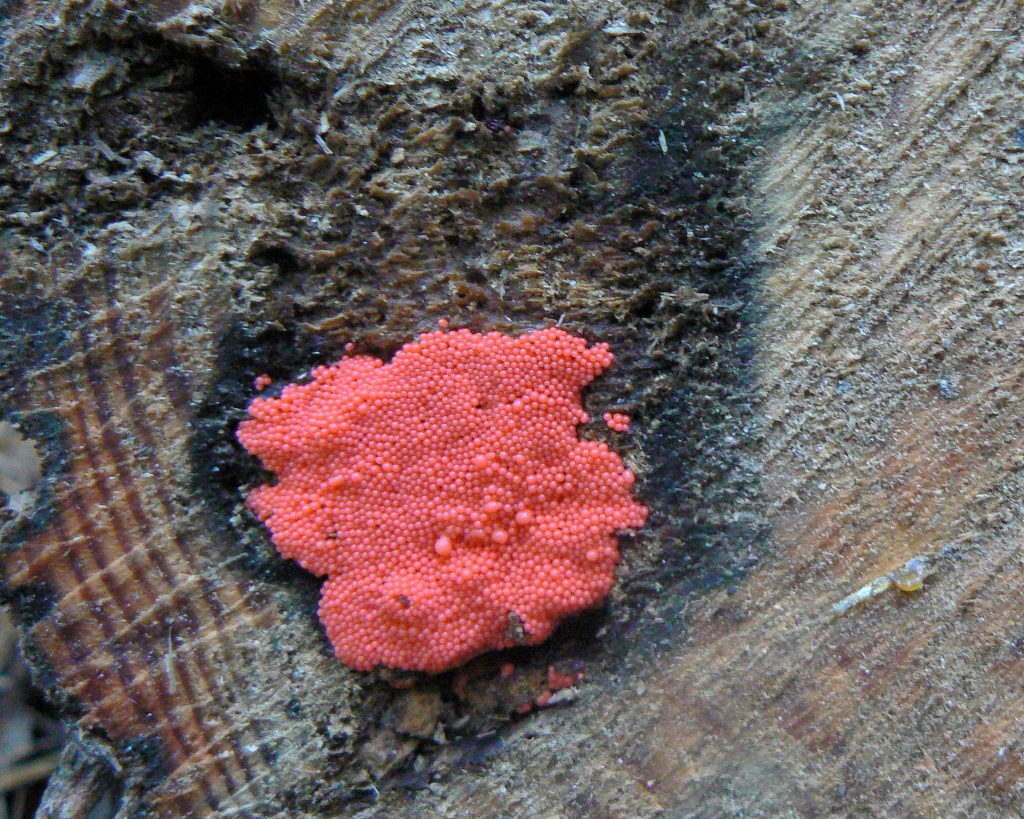
What is Pink Mold?
 Pink mold, also known as Serratia marcescens, is a type of bacteria that thrives in damp and humid environments. It is commonly found in bathrooms, particularly in and around sinks, shower heads, and toilets. Despite its name, pink mold is not actually a mold but rather a bacteria that produces a pink or reddish-colored film. This film can be slimy and can spread quickly if not properly treated.
Pink mold, also known as Serratia marcescens, is a type of bacteria that thrives in damp and humid environments. It is commonly found in bathrooms, particularly in and around sinks, shower heads, and toilets. Despite its name, pink mold is not actually a mold but rather a bacteria that produces a pink or reddish-colored film. This film can be slimy and can spread quickly if not properly treated.
The Concerns of Pink Mold
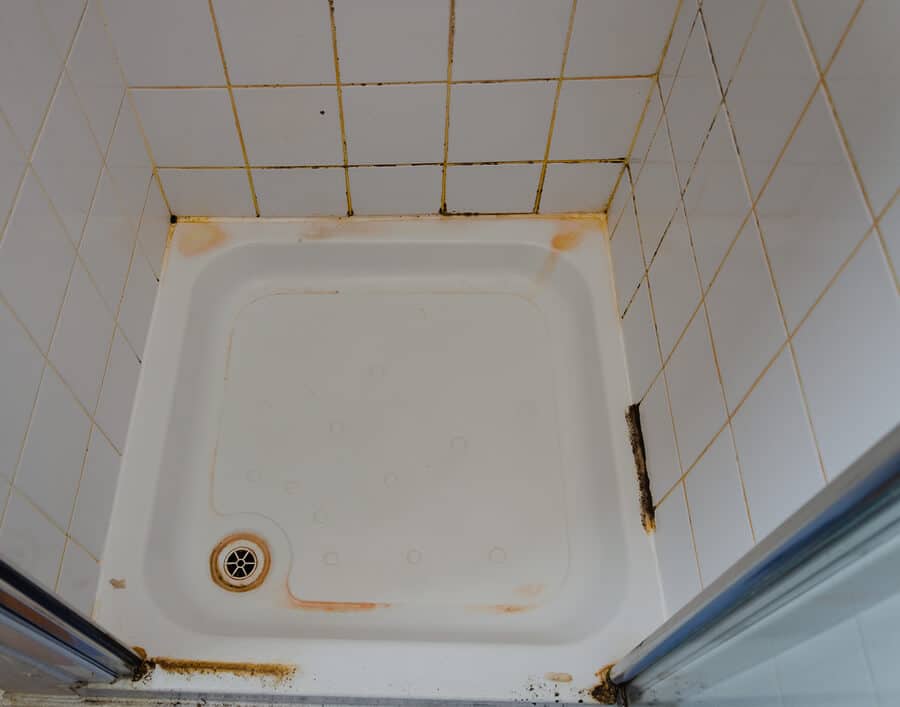 Pink mold may not be as well-known as black mold, but it can pose serious health risks if left untreated. It can cause respiratory issues, allergies, and even infections. Children, elderly, and those with weakened immune systems are particularly vulnerable. In addition, the presence of pink mold in your bathroom can also indicate that there is a larger moisture issue in your home, which can lead to structural damage and costly repairs.
Pink mold may not be as well-known as black mold, but it can pose serious health risks if left untreated. It can cause respiratory issues, allergies, and even infections. Children, elderly, and those with weakened immune systems are particularly vulnerable. In addition, the presence of pink mold in your bathroom can also indicate that there is a larger moisture issue in your home, which can lead to structural damage and costly repairs.
Preventing Pink Mold in Your Bathroom Sink
 The key to preventing pink mold in your bathroom sink is to keep it clean and dry. Wipe down your sink daily and make sure to dry it thoroughly after each use. Pay extra attention to areas around the drain and faucet, as these are common areas for moisture to accumulate. Using a solution of white vinegar and water can also help to kill any existing bacteria and prevent further growth. Regularly cleaning your bathroom exhaust fan can also help to reduce humidity levels in the bathroom.
The key to preventing pink mold in your bathroom sink is to keep it clean and dry. Wipe down your sink daily and make sure to dry it thoroughly after each use. Pay extra attention to areas around the drain and faucet, as these are common areas for moisture to accumulate. Using a solution of white vinegar and water can also help to kill any existing bacteria and prevent further growth. Regularly cleaning your bathroom exhaust fan can also help to reduce humidity levels in the bathroom.
Removing Pink Mold from Your Bathroom Sink
 If you do find pink mold in your bathroom sink, it is important to take action immediately. Wearing protective gloves and a mask, use a mixture of bleach and water to scrub the affected area. Make sure to thoroughly rinse and dry the area afterwards. If the mold has spread to the grout or caulking around your sink, it may need to be replaced.
If you do find pink mold in your bathroom sink, it is important to take action immediately. Wearing protective gloves and a mask, use a mixture of bleach and water to scrub the affected area. Make sure to thoroughly rinse and dry the area afterwards. If the mold has spread to the grout or caulking around your sink, it may need to be replaced.
Conclusion
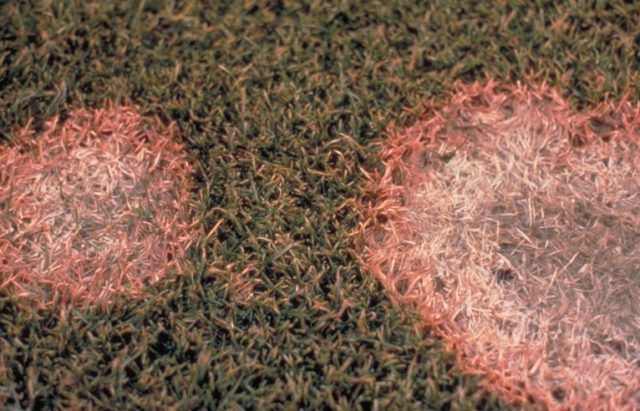 Pink mold may seem like a harmless nuisance, but it is important to take it seriously and address it promptly. By keeping your bathroom clean and dry, you can prevent the growth of pink mold and protect your health and home. If you suspect a larger moisture issue, it is best to consult a professional to properly address the problem. Don't let pink mold take over your bathroom sink, take action now to keep your bathroom safe and healthy.
Pink mold may seem like a harmless nuisance, but it is important to take it seriously and address it promptly. By keeping your bathroom clean and dry, you can prevent the growth of pink mold and protect your health and home. If you suspect a larger moisture issue, it is best to consult a professional to properly address the problem. Don't let pink mold take over your bathroom sink, take action now to keep your bathroom safe and healthy.




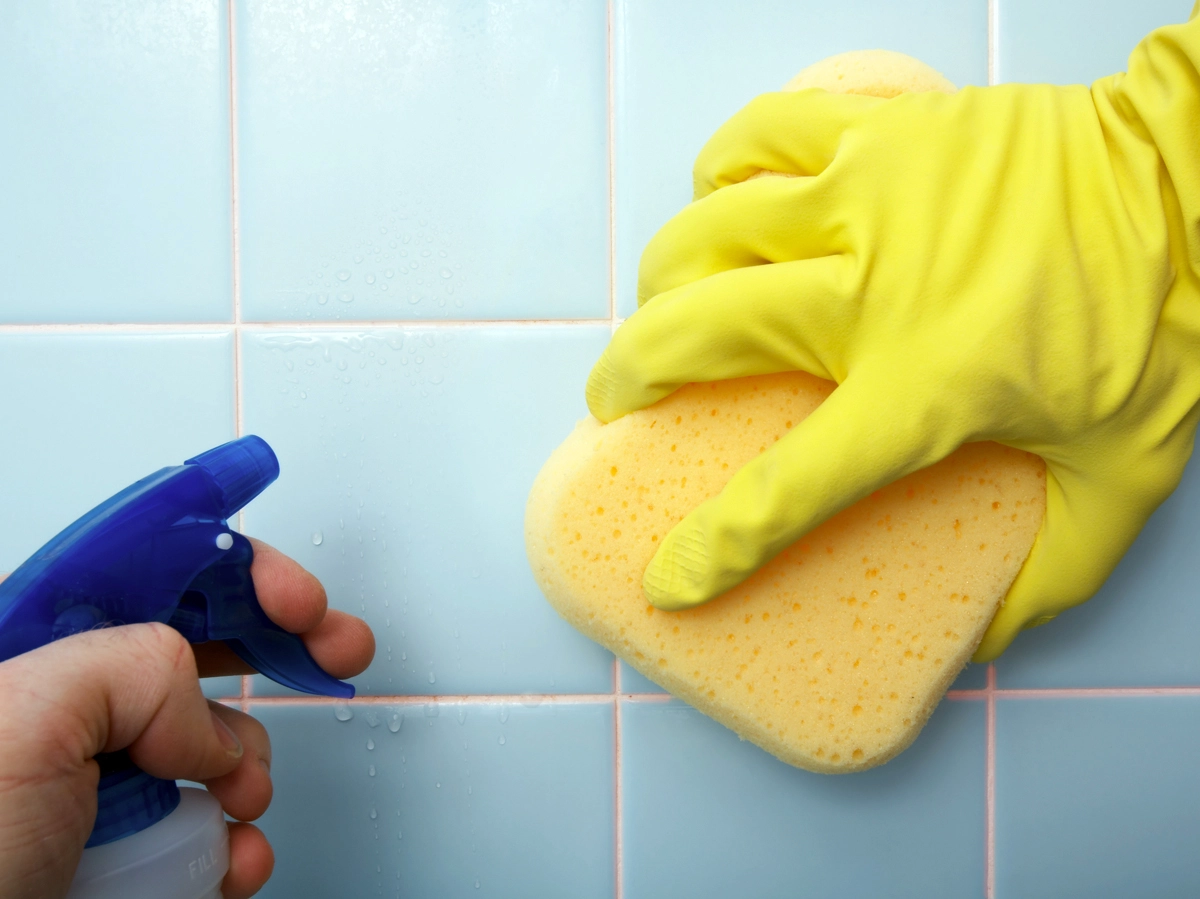
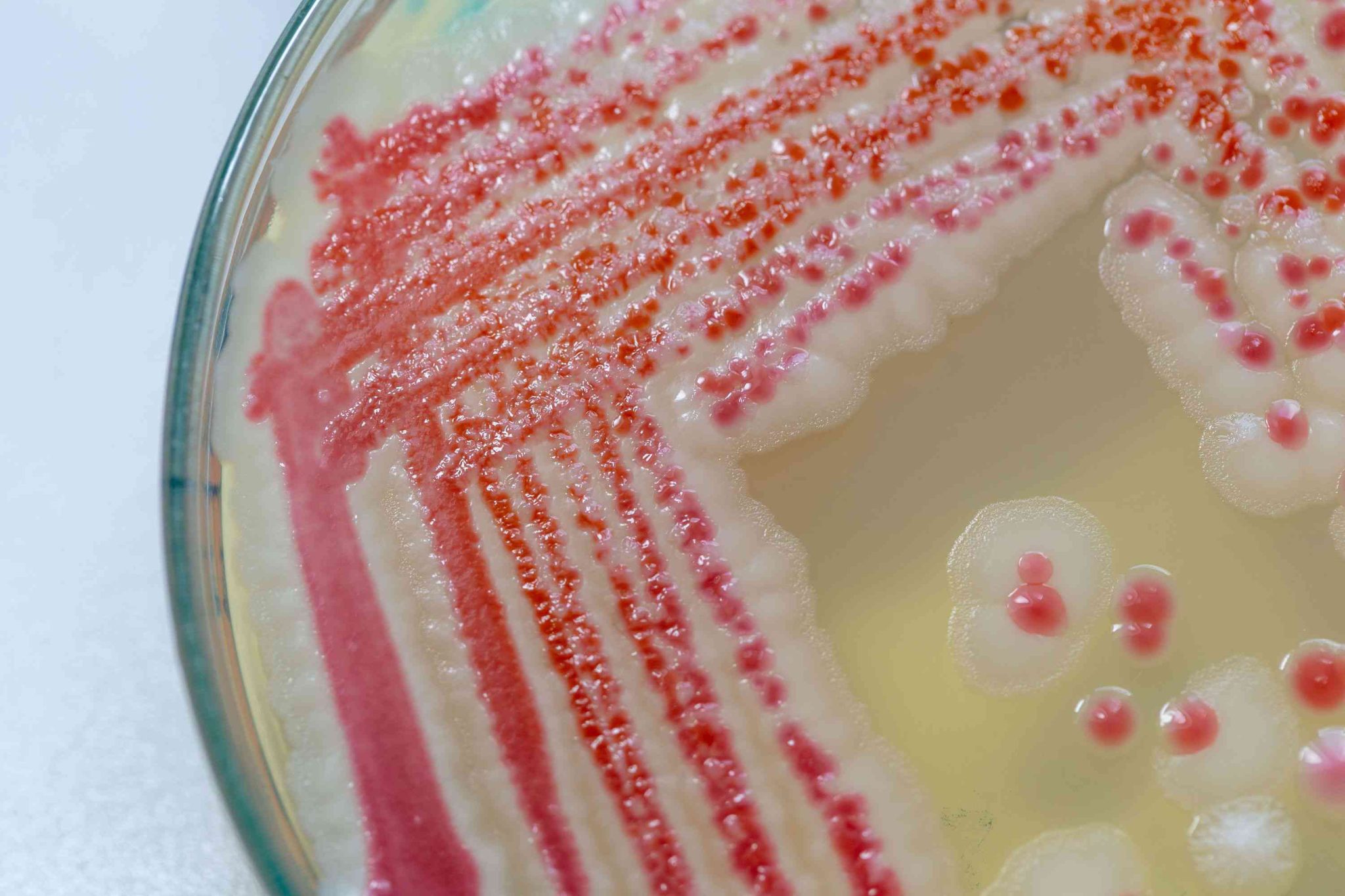



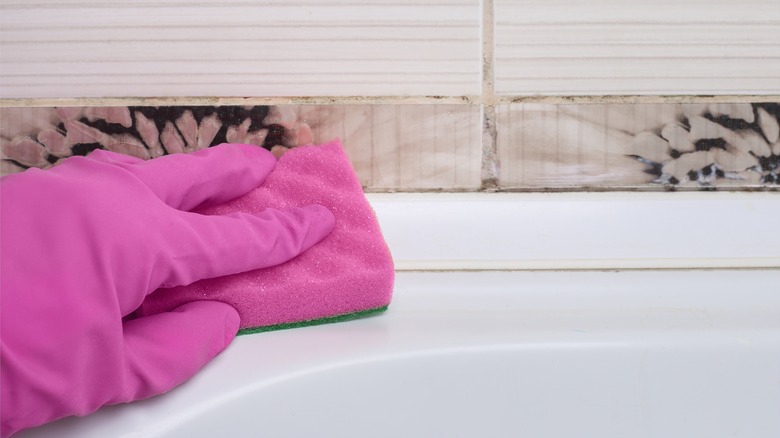
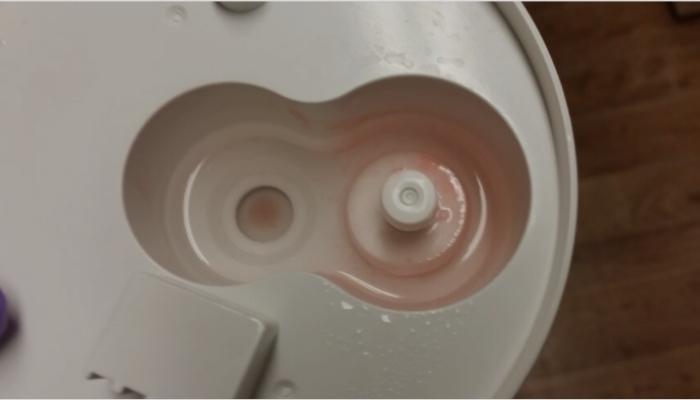


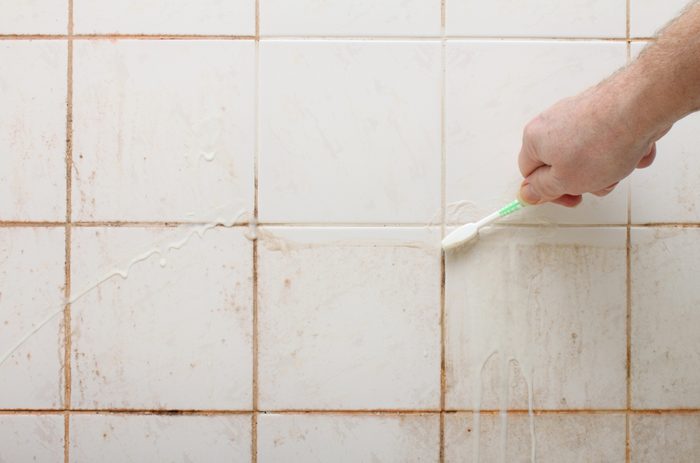


:max_bytes(150000):strip_icc()/how-to-remove-pink-mold-5115056-07-19696834282442d18e68e905dddb05a7.jpg)
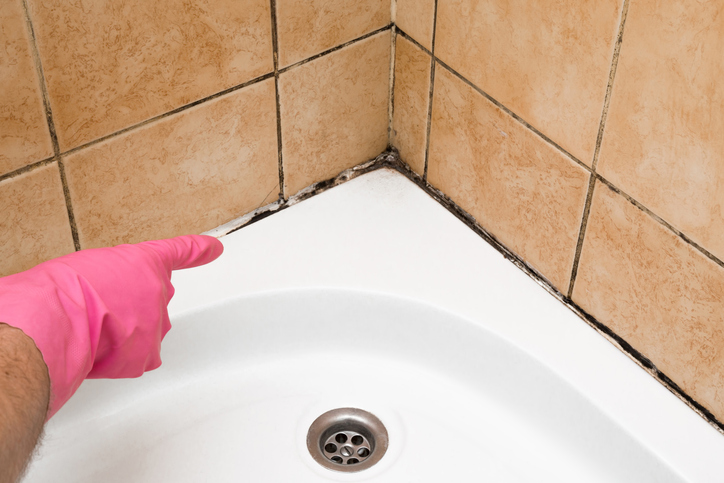

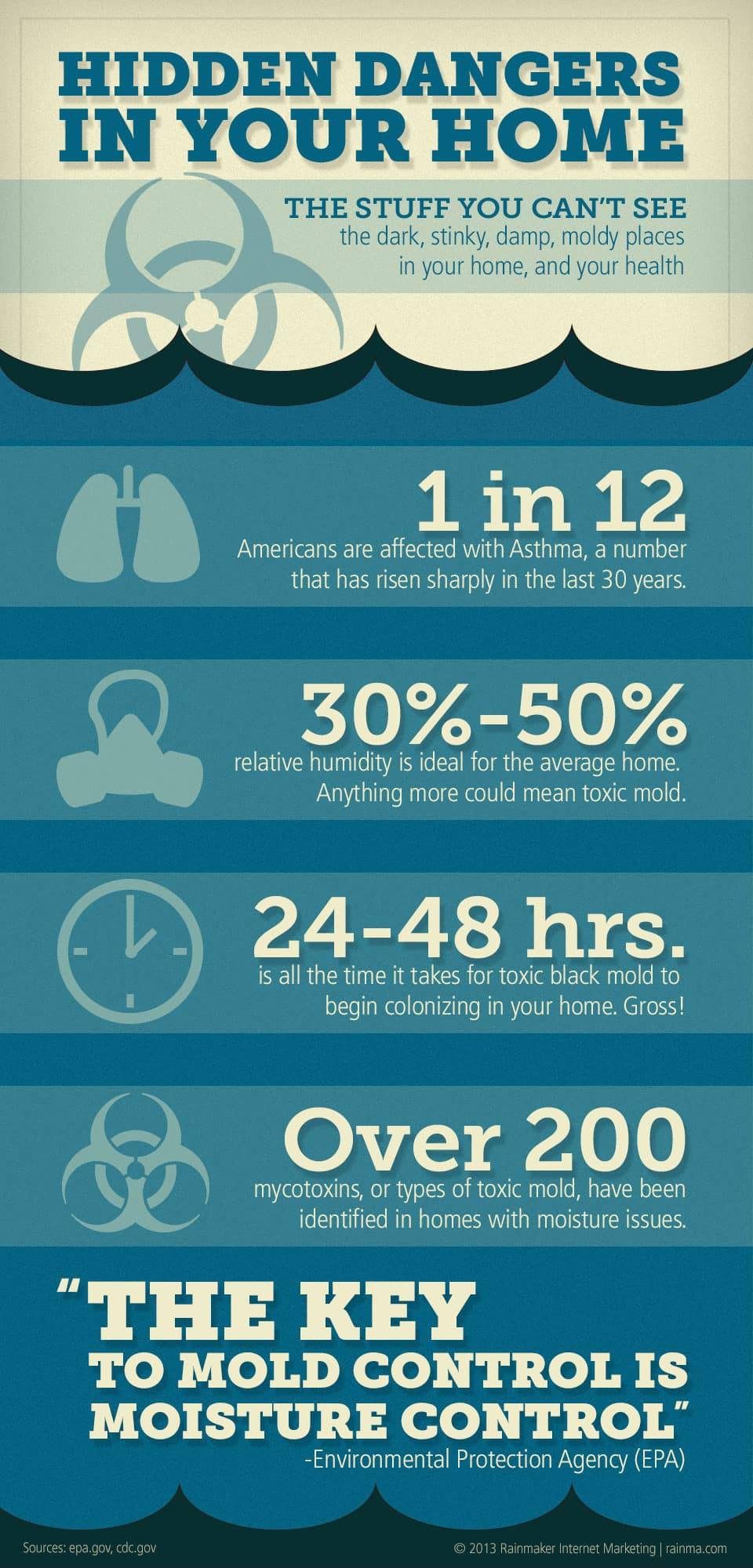

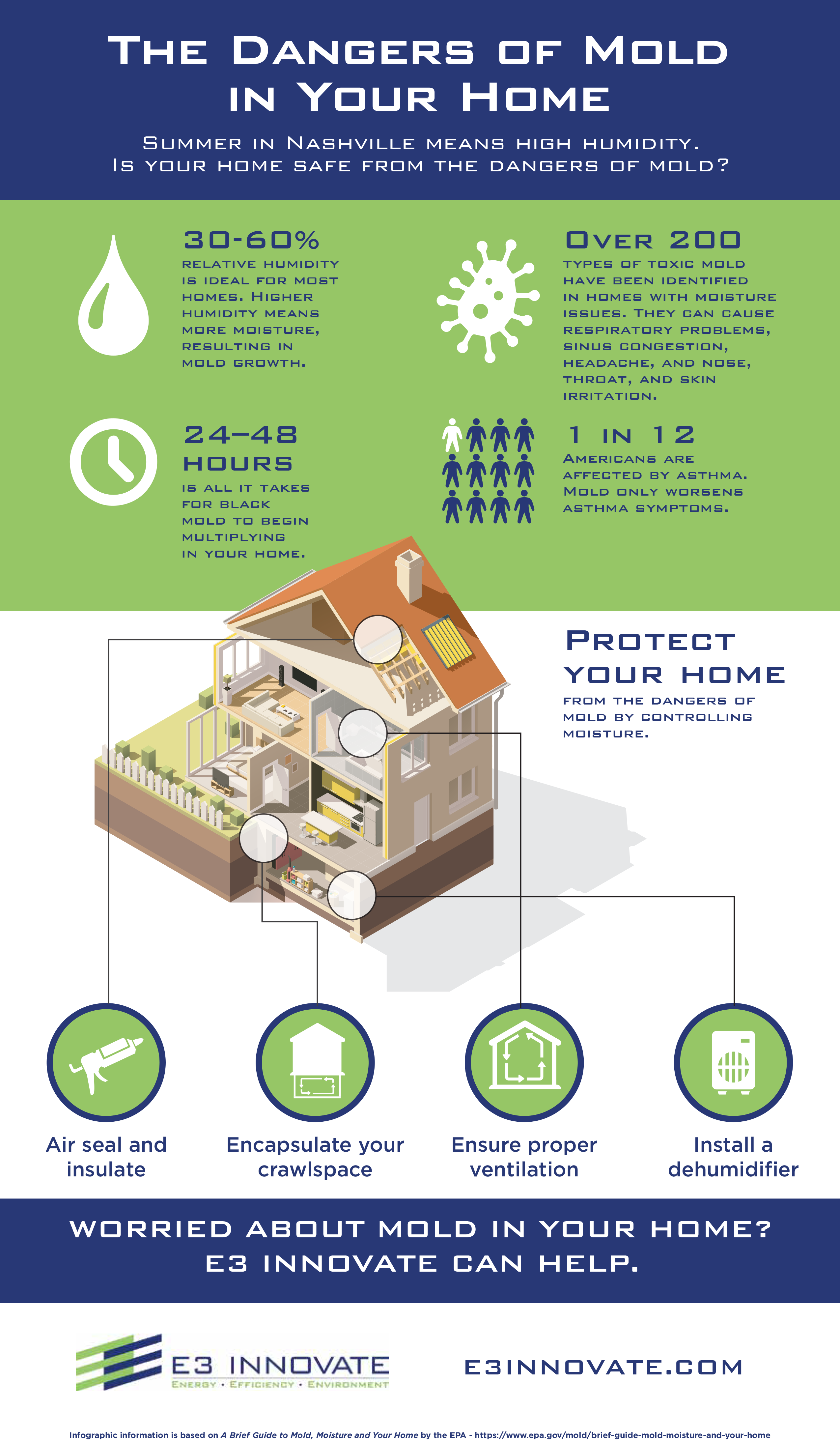
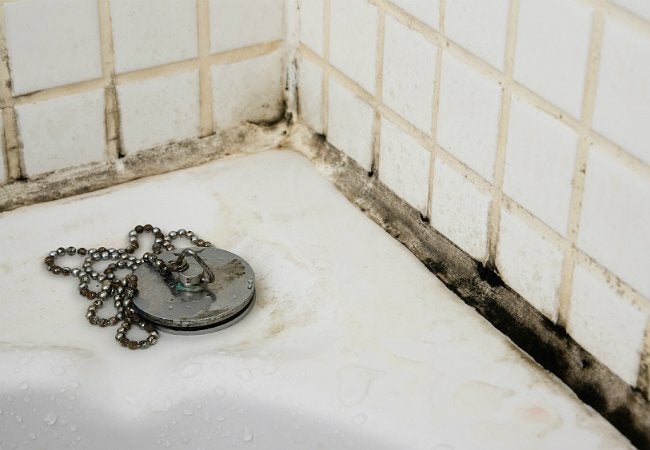
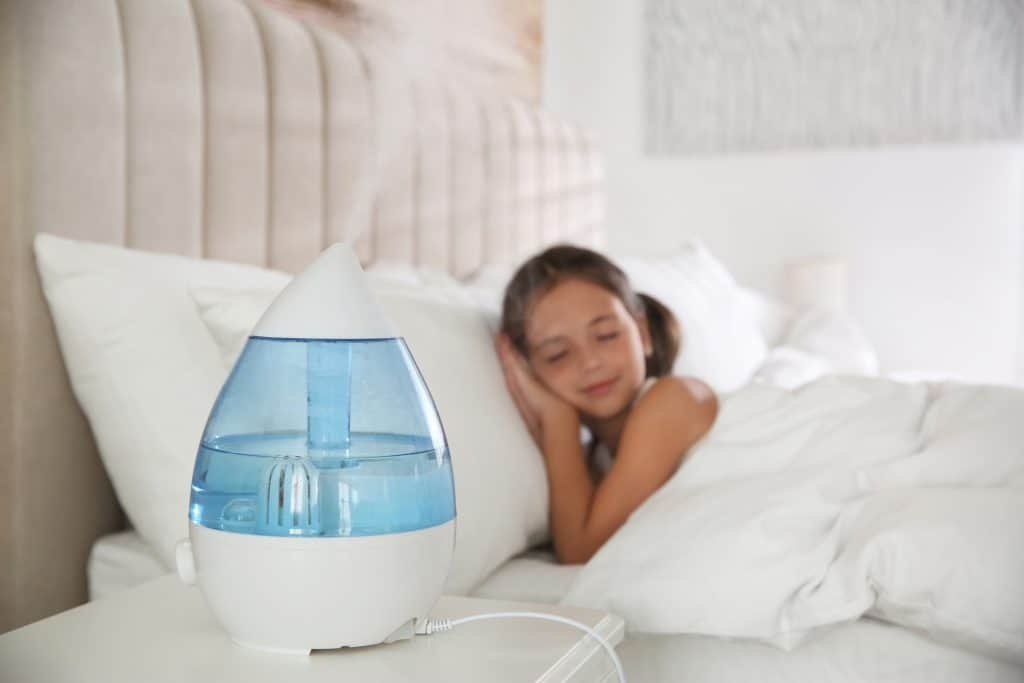

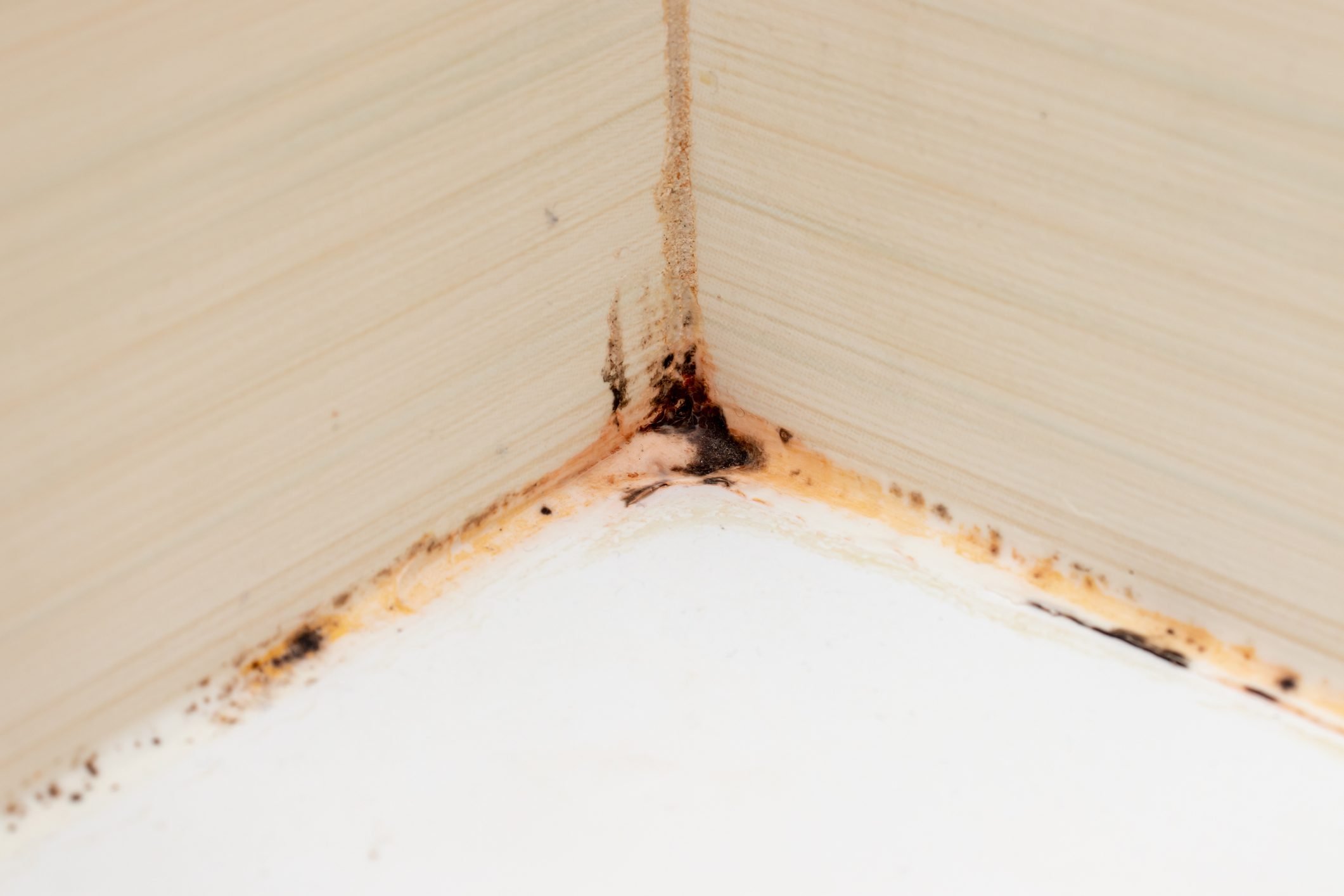


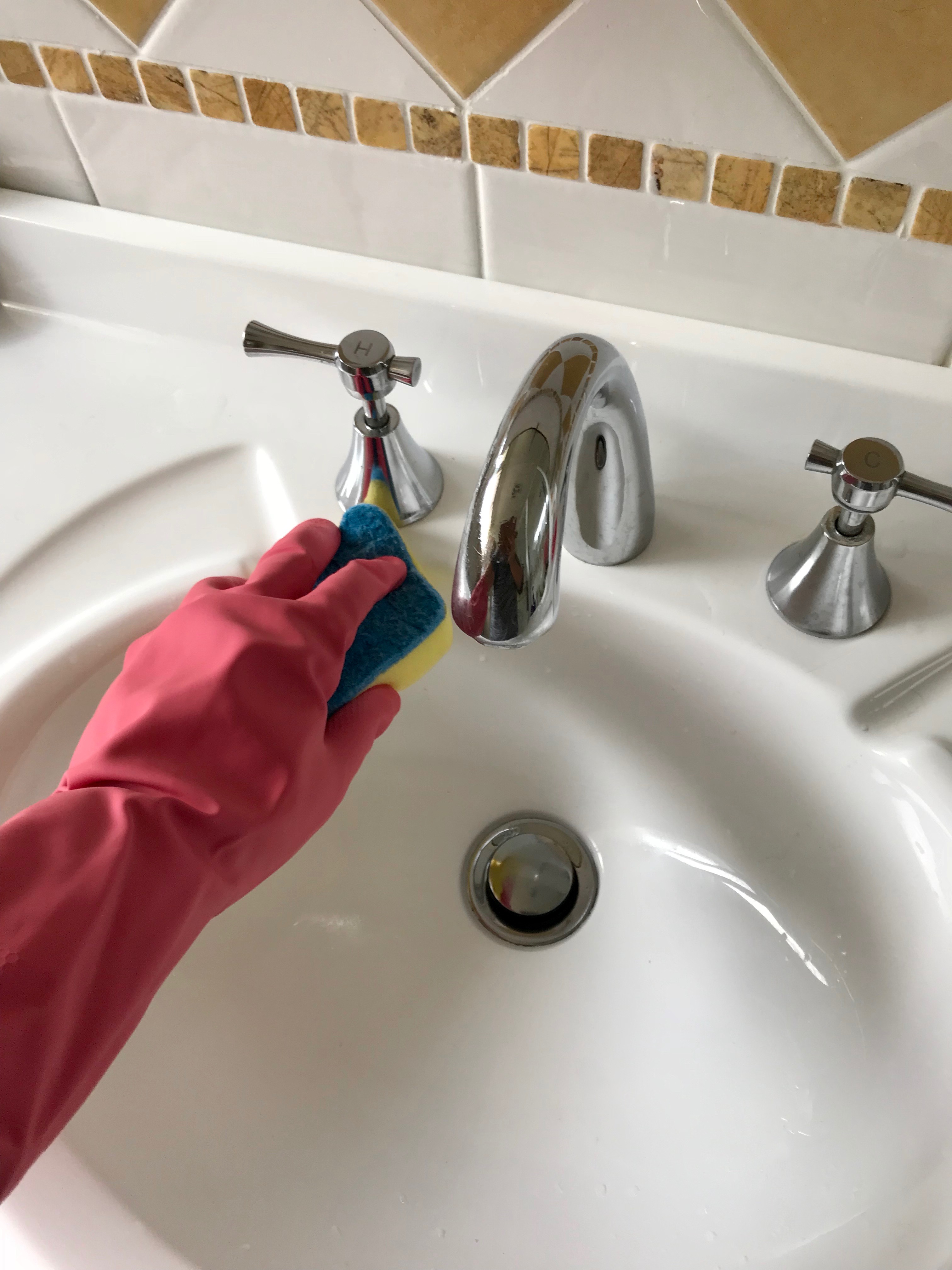
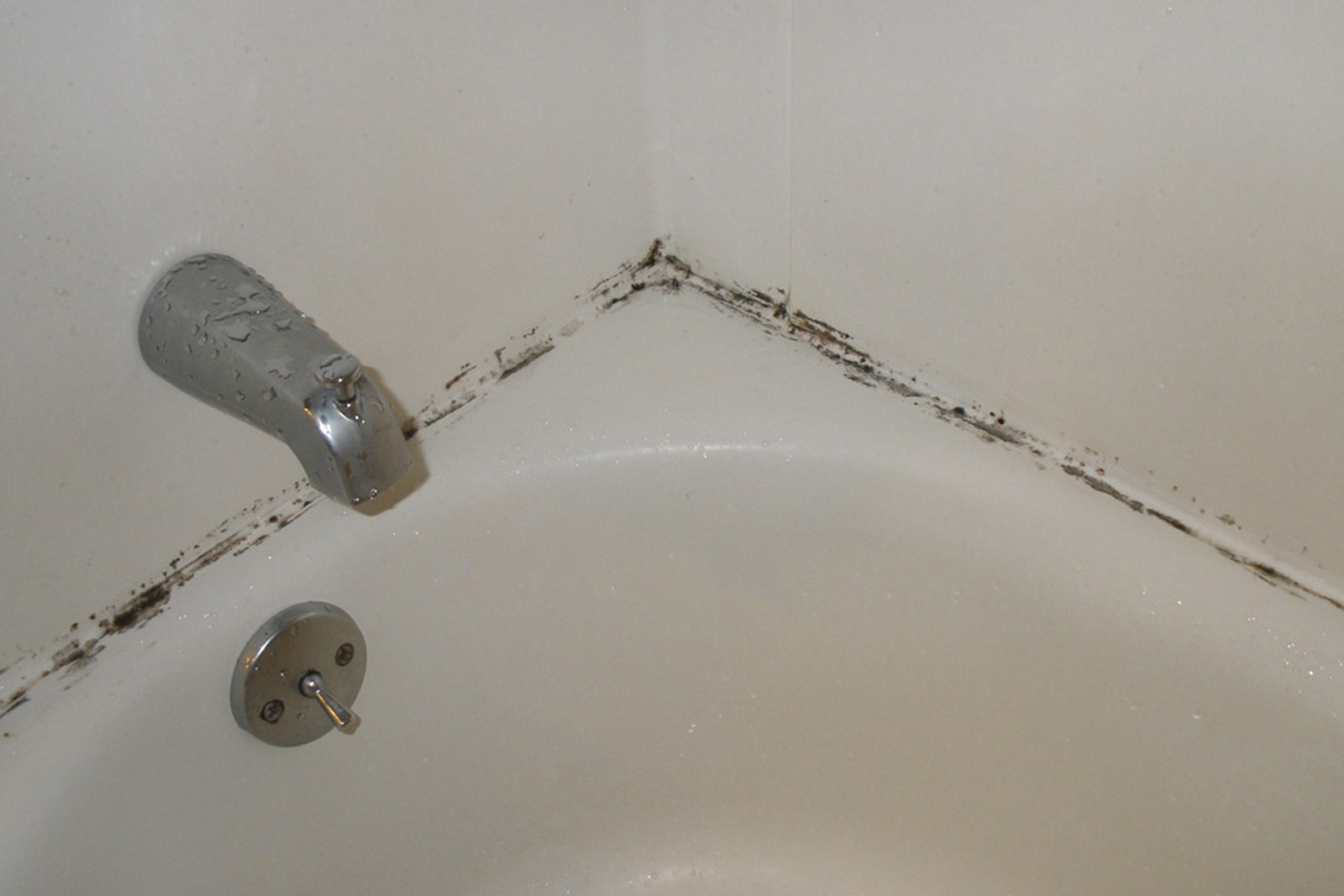


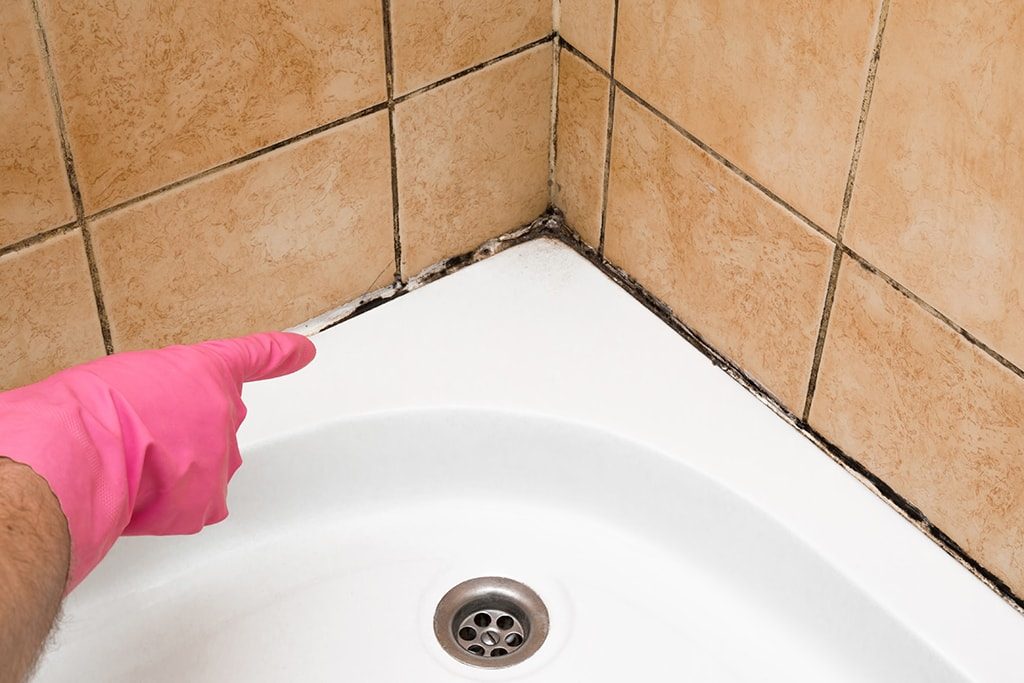
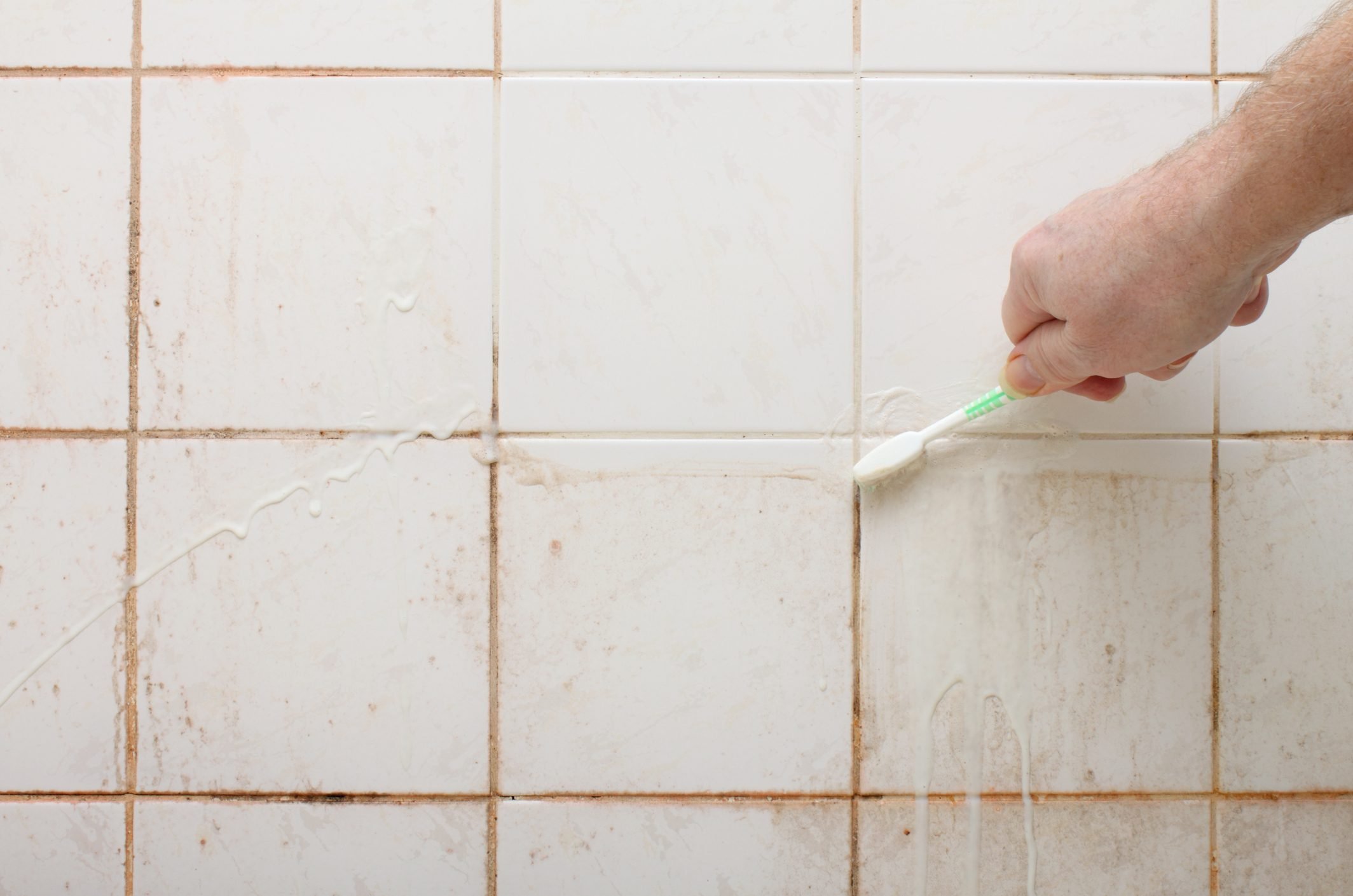



:max_bytes(150000):strip_icc()/how-to-remove-pink-mold-5115056-07-19696834282442d18e68e905dddb05a7.jpg)
:max_bytes(150000):strip_icc()/how-to-remove-pink-mold-5115056-06-ffef53754c2843708f975b84760a14af.jpg)
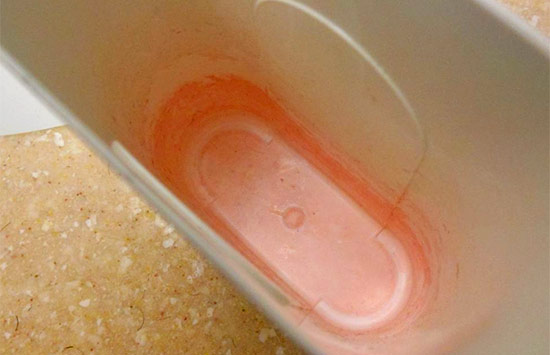
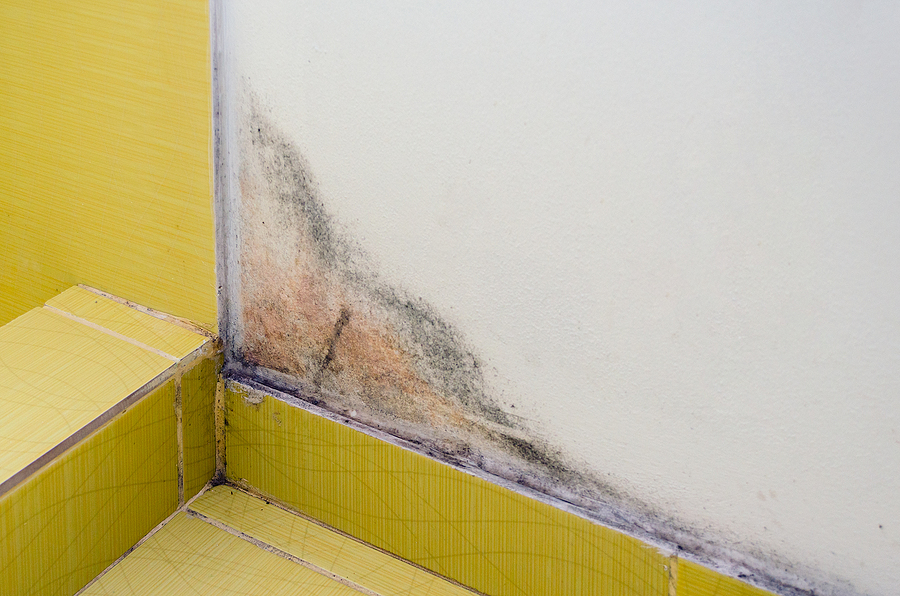
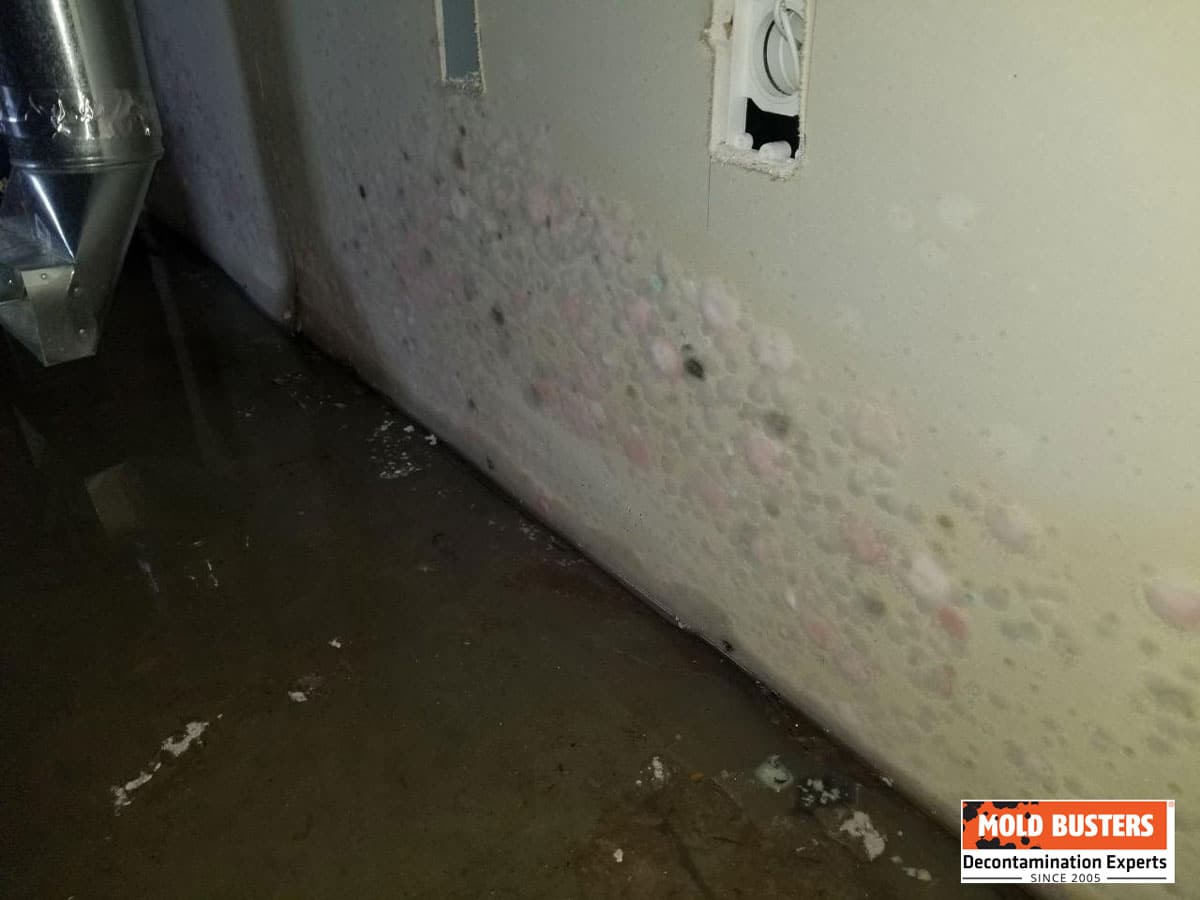



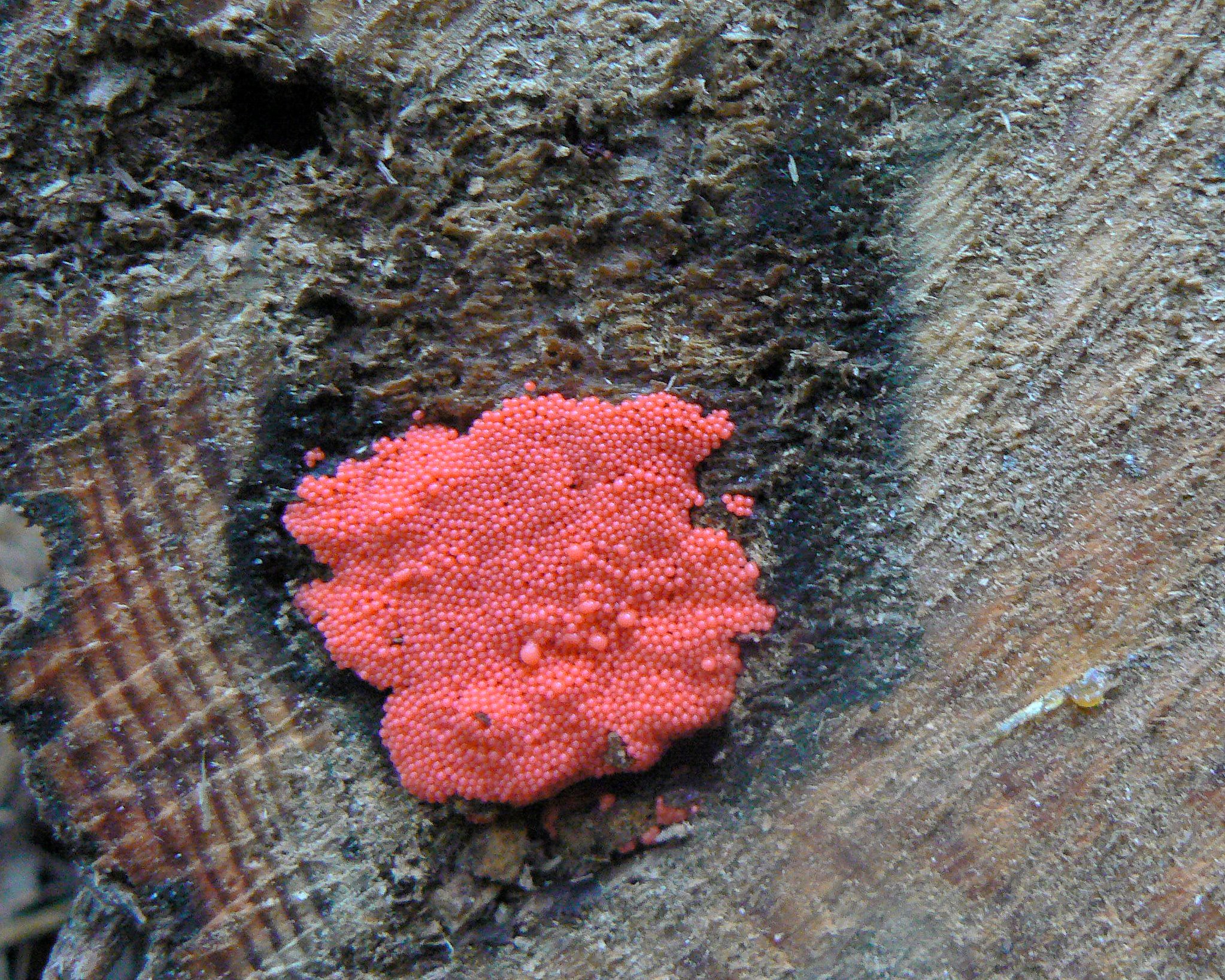

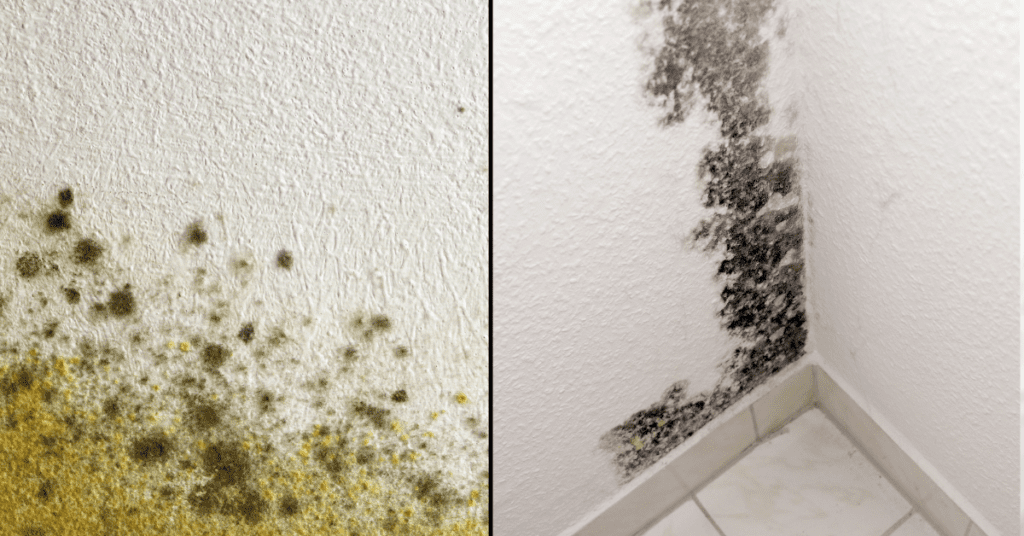
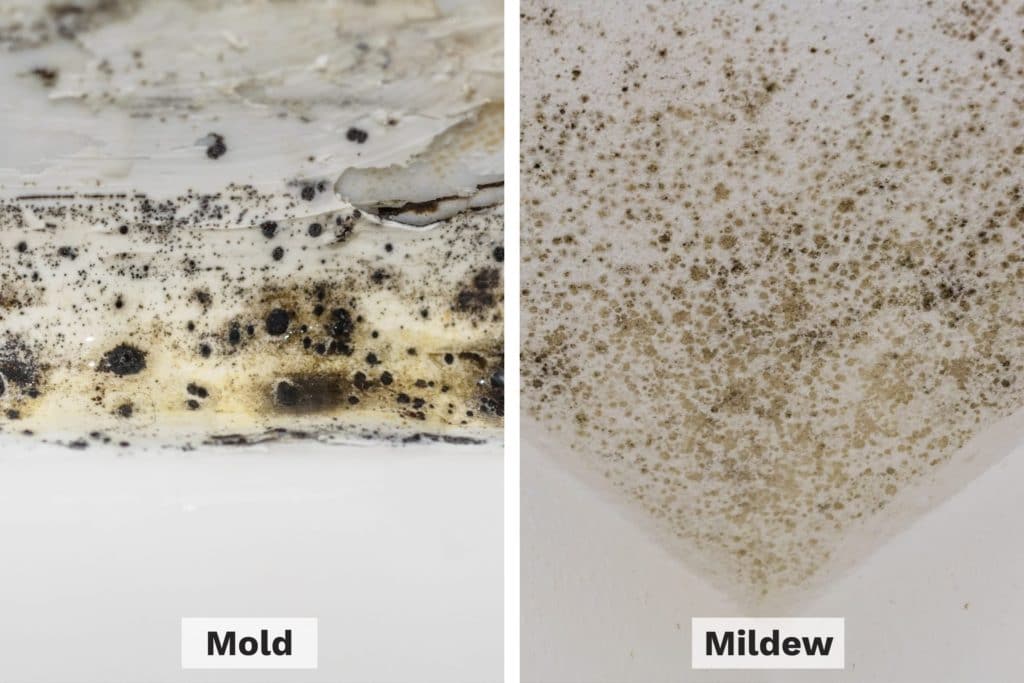
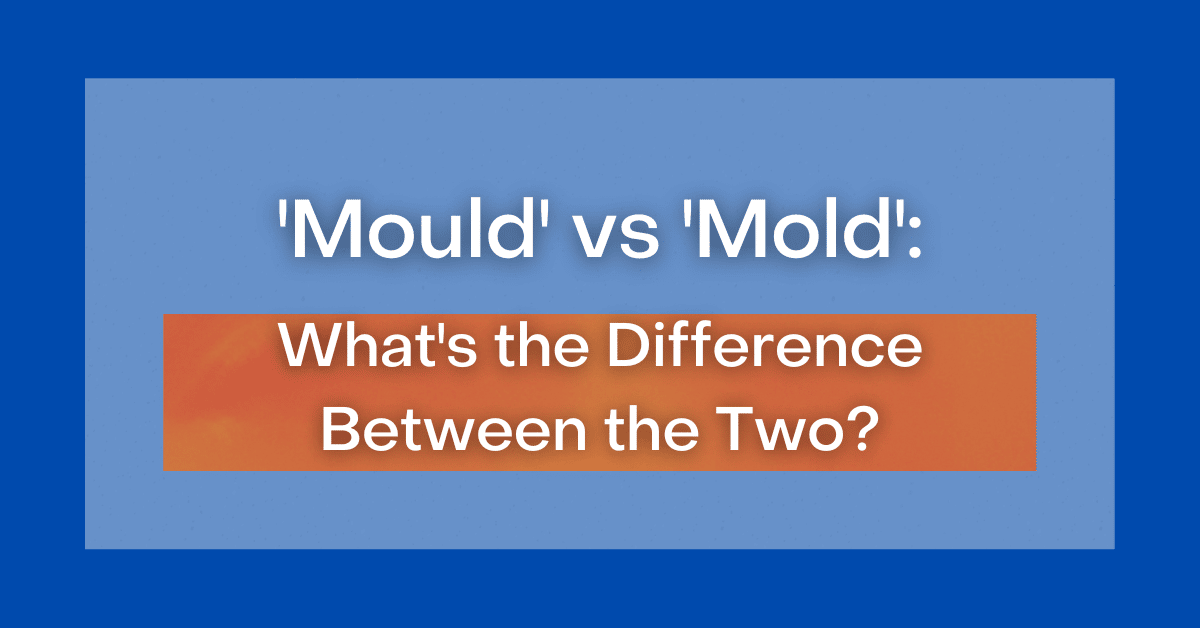
:max_bytes(150000):strip_icc()/identifying-mold-vs-mildew-4799138-final-4266e4b3d84c4401a7c1d8b6835dcc97.png)



